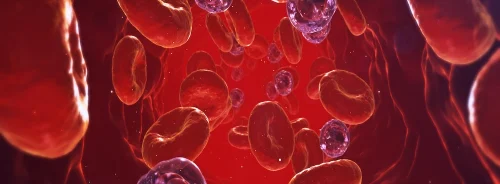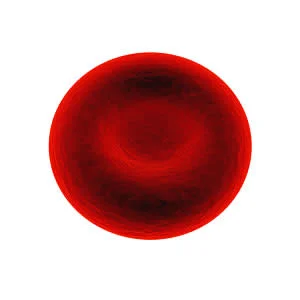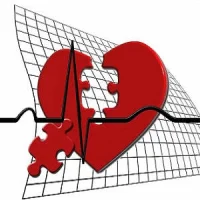One-third of all patients with heart failure (HF) have anaemia, and its presence is associated with more symptoms, increased rates of hospitalisation, and increased mortality. A major factor that leads to anaemia in HF is inadequate erythropoietin production resulting from renal failure. Erythropoiesis-stimulating agents (ESAs) have been proven to successfully correct haemoglobin levels, albeit without significant improvement in clinical outcome. As a review article in the journal JACC: Heart Failure points out:
"On the contrary, the use of ESAs has led to increased rates of thromboembolic events and ischaemic stroke. This use of ESAs for the treatment of anaemia in heart failure, therefore, cannot be recommended."
The etiology of anaemia is multifactorial, complex, and varies between patients. Other important factors triggering anaemia in HF are intrinsic bone marrow defects, medication use, and nutritional deficiencies such as iron deficiency.
Conventionally, iron deficiency and anaemia were considered cause and consequence. However, with the latest results of large trials targeted at either iron deficiency or anaemia, striking differences were observed in treatment effect. Therapies aimed at raising haemoglobin (Hb) levels did not seem to be beneficial to date, whereas treating iron deficiency resulted in substantial clinical benefits, also in HF patients without anaemia.
"This outcome raises several questions: is a low Hb level a therapeutic target? Is it merely a signal of disease severity or an underlying comorbidity (e.g., renal failure, iron deficiency)? Are we using the right management strategies? Or, in short, is anaemia in patients with HF still relevant?" says the article.
In healthy individuals, oxygen delivery at Hb levels as low as 5 g/dl are compensated by increases in both heart rate and stroke volume, mechanisms already impaired in patients with HF. Anaemia in HF, therefore, could lead to decreased oxygen delivery and, subsequently, aggravation of symptoms such as dyspnoea and fatigue, and thus further impair exercise tolerance and quality of life, the article explains.
In case of severe, symptomatic anaemia, blood transfusion with packed red blood cells is often considered. However, data in patients with HF are limited, according to the article. Iron therapy was initially administered as co-therapy in trials with ESAs, mainly as oral therapy. The availability of new intravenous iron formulations have led to the design of trials investigating iron therapy without ESAs. Intravenous iron has been studied in five randomised clinical trials. Despite differences in treatment strategies and follow-up, the overall results of the trials were broadly similar: treatment with intravenous iron led to improvements in New York Heart Association functional class, exercise capacity, and quality of life in a short period of time.
Other therapies, the article says, are being studied and include agents targeting the erythropoietin receptor, hepcidin pathway, or iron availability.
"Anaemia in patients with HF is still relevant even though the therapies studied thus far have not shown positive clinical results," the article notes. "Intravenous iron therapy looks promising for iron-deficiency anaemia, but its benefit is partly independent from Hb levels, and data on hard clinical endpoints are not yet available."
Source: JACC: Heart Failure
Image Credit: Pixabay
References:
Niels Grote Beverborg, Dirk J. van Veldhuisen, Peter van der Meer (2018)
Anemia in Heart Failure: Still Relevant? J Am Coll Cardiol HF 2018;6:201–8 online 8 November 2017 https://doi.org/10.1016/j.jchf.2017.08.023
Latest Articles
heart failure, anaemia, hospitalisation, erythropoietin receptor
One-third of all patients with heart failure (HF) have anaemia, and its presence is associated with more symptoms, increased rates of hospitalisation, and increased mortality. A major factor that leads to anaemia in HF is inadequate erythropoietin product










